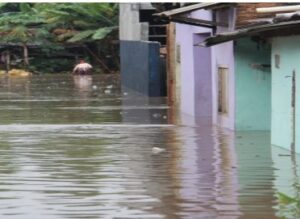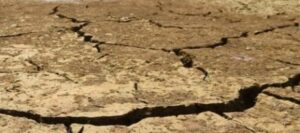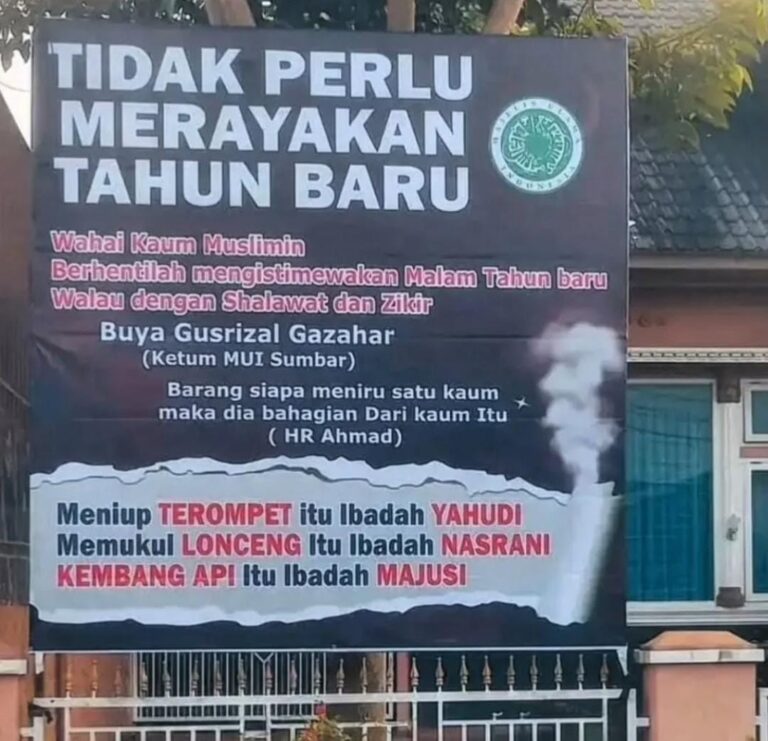
STRATEGIC ASSESSMENT. The Biden administration released a series of reports late last week detailing the dire implications that climate change will have, and indeed is already having, on U.S. national security and global security more broadly. Analyses from the Office of the Director of National Intelligence (ODNI), the National Security Council (NSC), the Department of Defense (DoD), and the Department of Homeland Security (DHS) all point to similar conclusions—climate change will continue to be one of the most significant drivers of geopolitical instability in the coming years. As resources grow scarcer, competition for water, food, energy, and arable land will all increase, leading to a likely uptick in both intra- and interstate wars. The climate-security nexus demonstrates the complexity of the challenge, and shows how issues like extreme weather events, migration, conflict, and access to resources are inextricably linked and impossible to disaggregate. Just last month, speaking at a U.N. Security Council debate organized under Ireland’s Presidency, Secretary-General Antonio Guterres called the recent report by the Intergovernmental Panel on Climate Change a “code red” for humanity.

As countries disagree over responsibility for reducing greenhouse gas emissions and the relationship between climate and security, it will challenge efforts among nations to cooperate. Economic, political, and societal shocks will be felt unevenly across the globe. There are potential opportunities to reshuffle the global balance of power, particularly for countries able to successfully harness emerging technologies related to renewable energy. Access to rare earth minerals—needed to build batteries, wind turbines, and circuitry—is another area where nations will compete for influence. Strategic competition in the Arctic is expected to intensify drastically, as great powers move to build up a more robust posture in the region and develop greater access to shipping lanes. The U.S. armed forces will be challenged by climate as it relates to military readiness, and there will likely be a greater onus on humanitarian assistance and disaster relief (HA/DR) operations, with the U.S. called on to assist in the wake of devastating hurricanes, earthquakes, and floods.

Rising sea levels, prolonged droughts, spreading wildfires and other extreme weather events are likely to produce so-called “climate refugees,” as climate impacts migration which, in turn, will increase conflict. Some forecasts suggest that tens of millions of people will be displaced due to the effects of climate change, with many of these people in the Global South, including South Asia, sub-Saharan Africa, and Latin America. Rising ocean temperatures and acidity, crop harvests negatively impacted by changes in precipitation, and rising food prices could all combine to make famines more frequent events, as fisheries are affected, and grain supplies attenuated. Developing nations will also be less prepared to deal with the economic fallout associated with climate change related events, including damage to property, businesses, and infrastructure. Many countries will face stark choices about where populations can live and work; for example, the BBC noted that where disastrous storms have hit Bangladesh about once each decade, they could become as regular as 3-15 times a year and sea levels expected to rise up to 1.5 meters. Many affected countries, particularly in Africa, are among the lowest carbon emitters but among the highest affected. Meanwhile, the lion’s share of carbon emissions come from industrialized countries and developed nations. China alone accounts for approximately 30 percent of all global carbon emissions.

One of the most interesting parts of the report produced by the U.S. intelligence community was the list of two regions and eleven countries deemed especially vulnerable to climate change. The two regions identified for being at greatest risk are Central Africa and areas in the Pacific Ocean where small island nations are clustered together. The countries included: Guatemala, Haiti, North Korea, Pakistan, India, Afghanistan, Iraq, Burma/Myanmar, Nicaragua, Colombia, and Honduras. There are obvious global security implications for further instability in countries like North Korea and Pakistan, both nuclear armed. If governments are unable to meet the basic needs of their citizens, a situation exacerbated by climate change, it could lead to widespread protests and revolutions in already fragile states. The reports were produced in the lead up to the United Nations Climate Change Conference (known as COP 26), scheduled to be held in Glasgow, Scotland at the end of the month. Unlike the Trump administration, the Biden administration has made climate change a centerpiece of many of its domestic and foreign policy objectives. Internationally, there have been tensions between states like Germany and Ireland, pushing for Security Council action recognizing the relationship between climate and security and attempting to secure agreement on a new resolution, and states like Russia, who have argued that the two issues remain unrelated. Post-Brexit, the United Kingdom has invested heavily in the Global Britain image and in particular on COP26 with Prime Minister Boris Johnson calling on states to reach bold agreements at the conference in Glasgow to limit temperature rises to 1.5 degrees Celsius in his speech at the opening of the UN General Assembly in New York.







